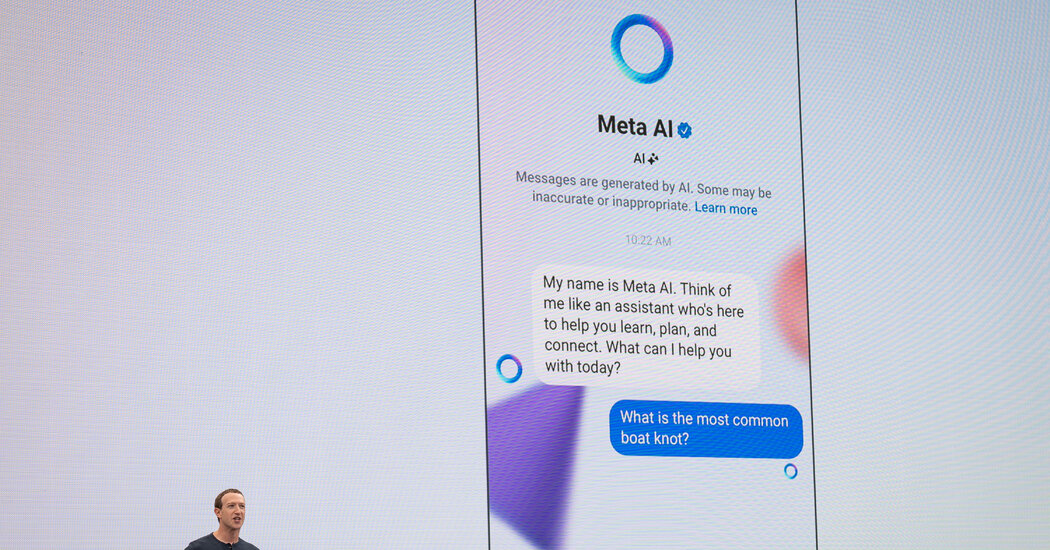A.I. companies are divided over whether the technology should be freely available to anyone for modifying and copying, or kept close for safekeeping.
Few debates have raged longer and more contentiously in the computing industry than one: Is “open source” better than “closed” when it comes to software development?
That debate has been revived as companies like Google, Meta, OpenAI and Microsoft have diverged on how to compete for supremacy in artificial intelligence systems. Some are choosing a closed model while others espouse an open approach.
Here’s what to know.
What does open-source software mean?
Source code makes up the underlying building blocks of the apps you use. Developers can write tens of thousands of lines of source code to create programs that will run on a computer.
Open-source software is any such computer code that can be freely distributed, copied or altered to a developer’s own ends. The nonprofit Open Source Initiative, an industry organization, sets other stipulations and standards for what software is considered open source, but it is largely a matter of the code’s being free and open for anyone to use and improve.
What are some examples of open-source software?
Some of the most famous software systems are open source, such as Linux, the operating system that Google’s Android mobile system was built on top of. Well-known open-source products include Firefox, the free-to-download web browser created by the Mozilla Foundation.
So what is the open vs. closed debate, and how does this relate to artificial intelligence?
Tech companies like Google, OpenAI and Anthropic have spent billions of dollars creating “closed,” or proprietary, A.I. systems. People who are not employed by those companies cannot see or tinker with their underlying source code, nor can the customers who pay to use it.
